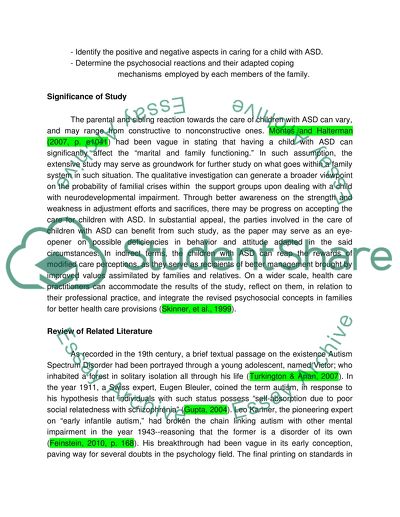Cite this document
(“Psychosocial impact of raising a child with autism spectrum disorder Essay”, n.d.)
Retrieved from https://studentshare.org/psychology/1407982-psychosocial-impact-of-raising-a-child-with-autism-spectrum-disorder
Retrieved from https://studentshare.org/psychology/1407982-psychosocial-impact-of-raising-a-child-with-autism-spectrum-disorder
(Psychosocial Impact of Raising a Child With Autism Spectrum Disorder Essay)
https://studentshare.org/psychology/1407982-psychosocial-impact-of-raising-a-child-with-autism-spectrum-disorder.
https://studentshare.org/psychology/1407982-psychosocial-impact-of-raising-a-child-with-autism-spectrum-disorder.
“Psychosocial Impact of Raising a Child With Autism Spectrum Disorder Essay”, n.d. https://studentshare.org/psychology/1407982-psychosocial-impact-of-raising-a-child-with-autism-spectrum-disorder.


